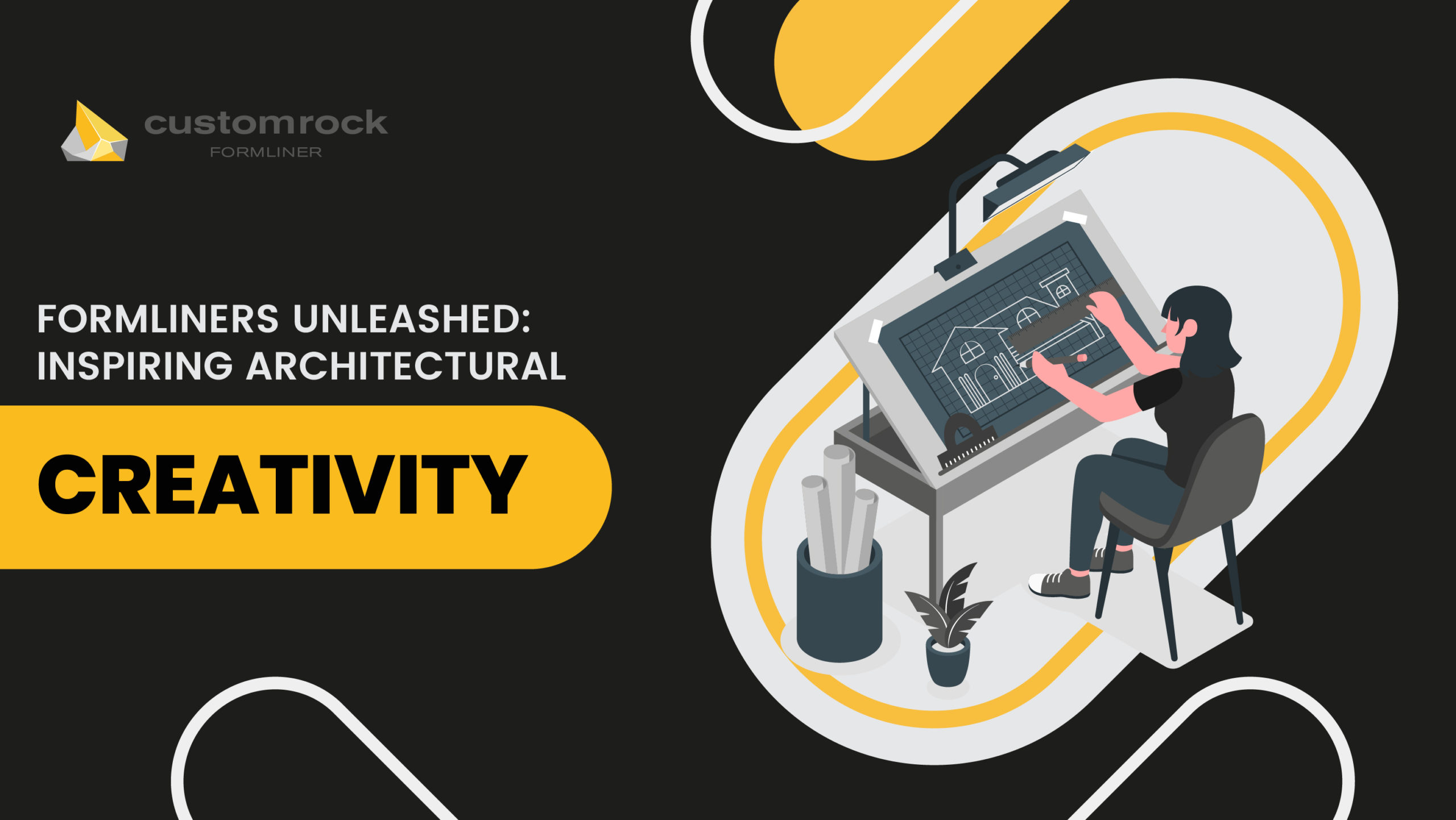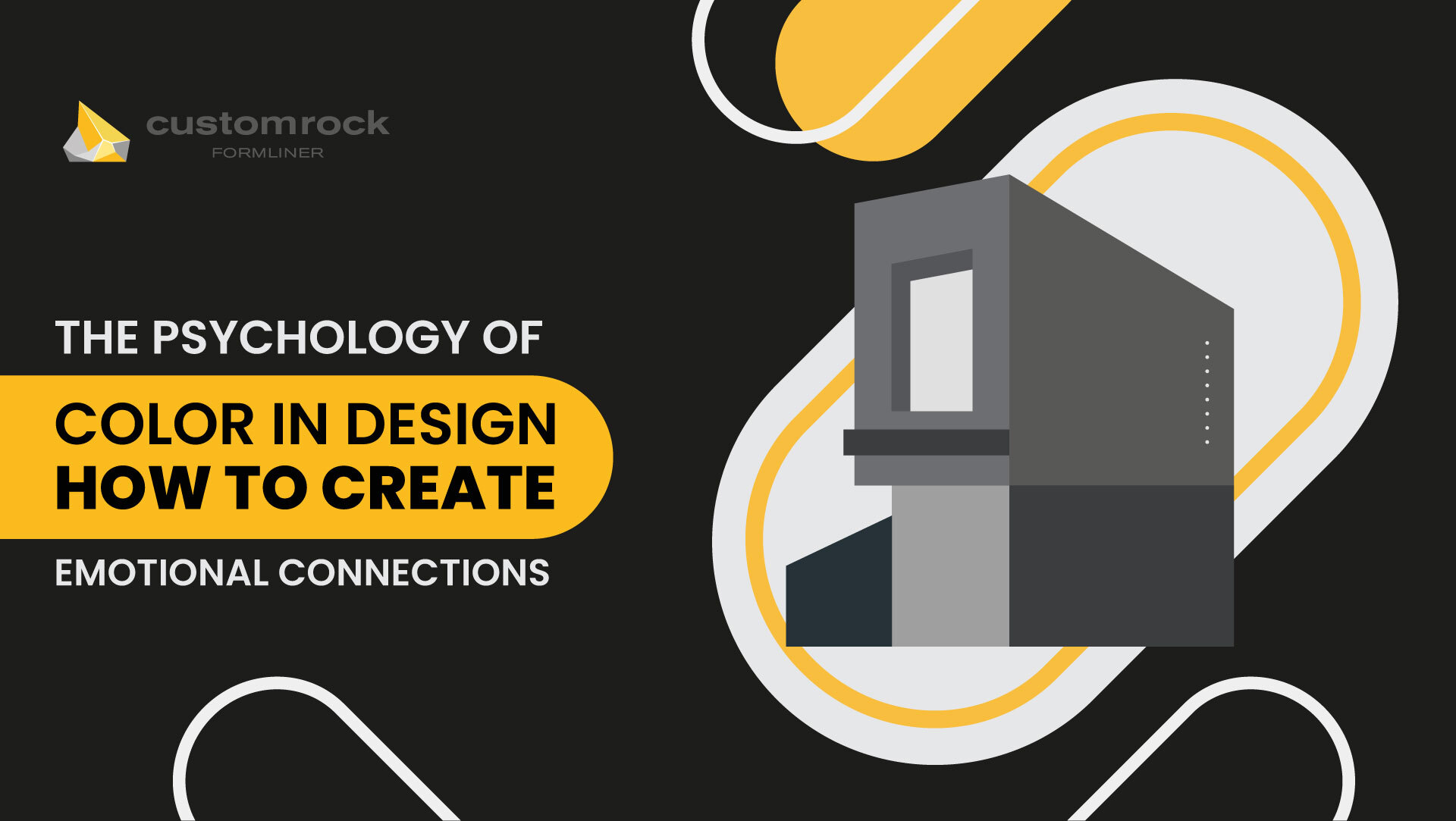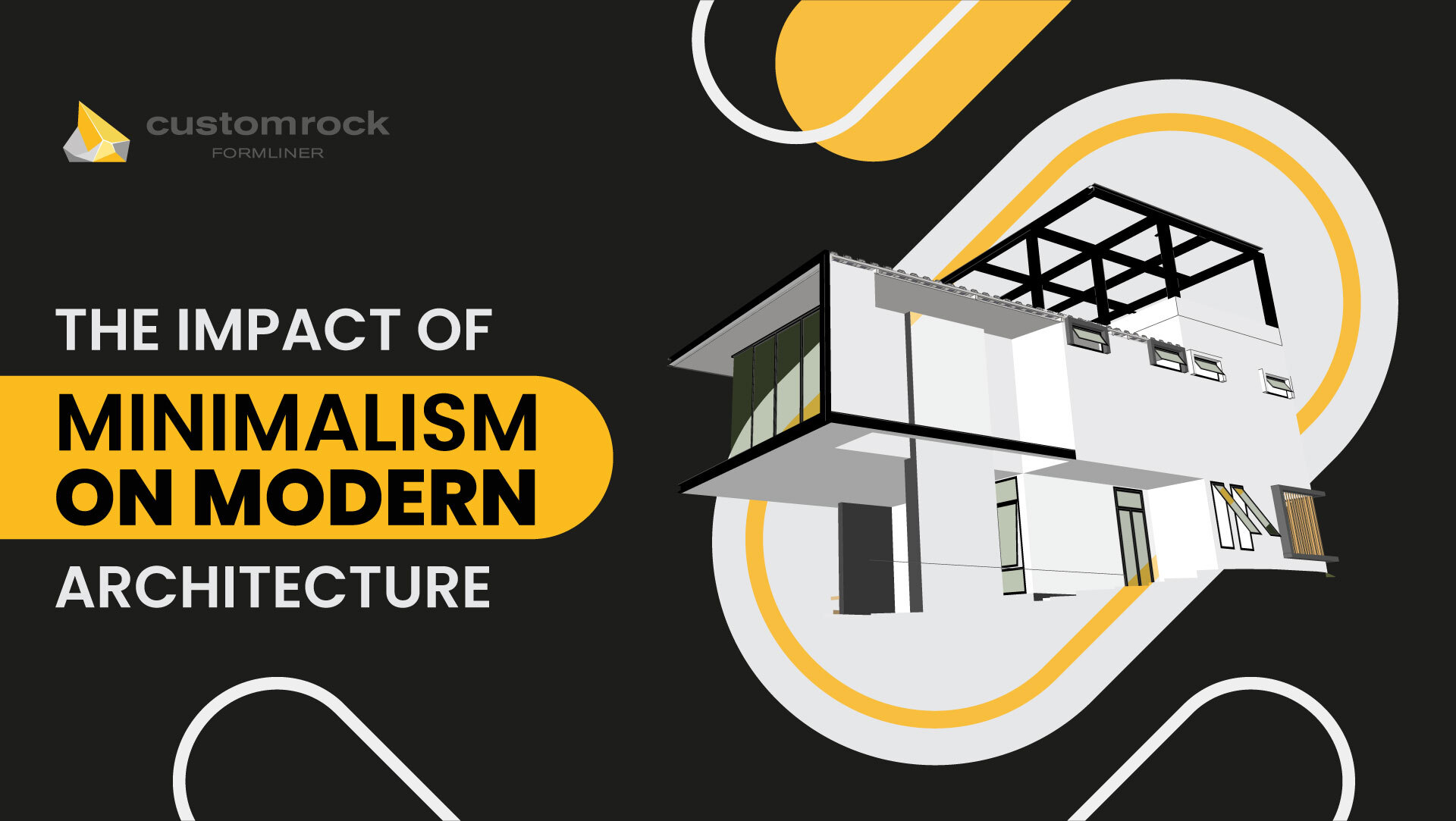TL: DR
Formliners have revolutionized the world of architectural design and empowered architects to unleash their creativity and imagination. Formliners provide versatile and eco-friendly options for enhancing ordinary concrete surfaces. Thus, formliners have not only improved the aesthetic appeal of structures but also contributed to sustainable architecture.
Formliners also have their practical considerations and challenges. But despite that, architects prefer to use formliners to narrow the gap between tradition and innovation. It allows them to create buildings that harmonize with cultural heritage and inhabitants.
As technology and expertise advances, formliners will also play an increasingly important role in shaping the future of architectural creativity. Formliners provide the foundation to blur the lines between art and construction.
Formliners as Design Enhancers
Concrete has always been praised for its durability and strength in the architectural field. But the use of formliners takes it to another level. They help unleash the potential of concrete and turn ordinary surfaces into breathtaking masterpieces.
Formliners can replicate the look of natural materials like stone, brick, or wood to create abstract patterns and geometric designs. They also provide an artistic canvas for architects to create and achieve their vision. Formliners are the best option for architects to unleash their architectural creativity.

Inspiring Architectural Creativity
Formliners empower architects to break free from the limitations of traditional concrete structures. They open doors to innovation and allow bold experimentation with textures, shapes, and forms.
Imagine a building facade with cascading waves or a bridge with the impression of a lush forest carved into its pillars. With formliners, such creative wonders become more than just concepts; they become a reality.
Preserving Cultural Heritage
Formliners also play a vital role in preserving cultural heritage in architecture world. They enable the recreation of historic facades and complex decorations. It also allows contemporary structures to enhance ordinary surfaces into iconic landscapes.
Whether it’s replicating the ancient reliefs of an ancient temple or mirroring the aesthetics of a past era, formliners can bridge the gap between the past and the present.
Sustainability and Formliners
As sustainability gets more important in the architectural world, formliners are a go-to option for architectures. The ability to replicate natural materials reduces the need for resource-intensive construction practices which helps save scarce natural resources.
Moreover, using formliners to decorate concrete surfaces also enhances their durability which makes them last longer. This durability means less maintenance requirement which results in lower maintenance costs and a positive impact on the environment with low carbon footprint.
Formliners: An Essential Tool for Public Spaces
Public spaces benefit greatly from the aesthetic value that formliners offer. Parks, plazas, and urban landscapes are transformed into captivating environments which encourages community engagement and a sense of pride among residents.
Infrastructures decorated by formliners can create landmarks. They can turn an ordinary cityscape into an extraordinary one that leaves a lasting impression on the viewers.
Beyond Conventions: Exploring Possibilities
In the world of architecture, creativity knows no boundaries. Architects and designers are constantly pushing the boundaries of conventional thinking and seeking innovative ways to bring their architectural creativity to life. Formliners are the most commonly used by architects to unleash their creativity and vision.

1. Embracing the Potential of Formliners
Formliners typically made from materials like polyurethane or rubber can create unique and textured patterns on concrete surfaces. Traditionally, they have been used in construction projects to add visual interest to walls, facades, and other concrete elements.
However, in recent years, architects have taken the concept of formliners to a whole new level as architects explore their potential beyond conventional applications.
2. The Art of Imagination
Creativity in architecture begins with the power of imagination. By embracing formliners as a creative medium, architects have unlocked diverse possibilities. From organic shapes inspired by nature to abstract geometric patterns, formliners allow architects to include creative designs into the projects.
3. Sustainable Architecture Made Beautiful
Beyond aesthetic appeal, the innovative use of formliners has also opened doors for sustainable architecture. By using unique textures and patterns directly into concrete surfaces, architects can reduce the need for additional materials.
This not only helps minimizes waste but also creates energy-efficient buildings with improved insulation and reduced the environmental footprint.
4. Human-Centric Design
Formliners allow architects to craft surfaces that can evoke emotions and involve our senses. When people experience these spaces, it can have a positive effect on their well-being. So, it’s not just about how the building appears, but also how it makes people feel when they’re inside and around it.
5. A Bridge between Tradition and Innovation
Formliners help architects design buildings that show the past and the future at the same time. It’s like building a bridge between tradition and innovation which results in remarkable and meaningful architectural designs.
Practical Considerations and Challenges
While formliners offer exciting opportunities for architectural creativity, there are some practical considerations and challenges that architects and designers should keep in mind.
Understanding these aspects is crucial for successful implementation and achieving the desired results. Let’s explore some of the key practical considerations and challenges associated with formliners:
1. Design Complexity:
Creating complex and detailed patterns using formliners can be a time-consuming and difficult process. Architects must carefully plan the design, taking into account the geometry of the structure and the feasibility of replicating the pattern.
Additionally, using multiple formliner patterns on the same structure may require precise coordination and expertise.
2. Material Selection
Formliners are available in various materials; each with its own unique properties and costs. Choosing the appropriate material is essential as it affects the overall outcome of the finished surface. Polyurethane, for example, is more durable and flexible which allows for more intricate designs. However, it might be costlier compared to other materials.
3. Installation Expertise
Proper installation of formliners is important to get the desired results. A skilled worker with experience in handling and placing formliners is essential. Improper installation can lead to defects, uneven patterns, or misalignment, which may require costly corrections
4. Maintenance and Durability:
Formliner patterns need to withstand environmental factors and regular wear and tear. Harsh weather conditions, UV exposure, and heavy usage can impact the longevity and appearance of the patterns. Architects should consider long-term maintenance requirements and select materials that offer durability without compromising on aesthetics.
5. Budget Constraints:
The use of formliners in a project can add to the overall construction costs. From the expense of the materials to the specialized labor required for installation, it can add a lot to the project’s cost. Therefore, architects must carefully manage the budget to avoid unexpected cost overruns.
6. Customization and Repetition:
For large-scale projects with repetitive patterns, architects must ensure consistency across different sections of the structure. Customizing formliners for each section can be costly and time-consuming. Finding a balance between unique designs and repetitive elements is necessary to maintain the overall aesthetic and save resources.
7. Formwork Compatibility:
Formliners are typically used with formwork systems for casting concrete. Ensuring compatibility between the chosen formliners and formwork is essential to achieve a smooth finish. Complex designs may require custom formwork solutions which may add to the project’s complexity and cost.
8. Concrete Mix and Pouring:
The type of concrete mix and the pouring technique can influence the result of the formliner patterns. Architects must collaborate closely with concrete experts to ensure the mix’s consistency, workability, and color to complement the intended design.
9. Removing Formliners:
After the concrete has been set, removing the formliners requires precision to maintain the pattern’s design. Mishandling during the removal process can damage the concrete surface and affect the overall appearance.
10. Code Compliance:
In some regions, there might be specific regulations and codes related to using formliners in construction. Architects need to ensure that their designs are in accordance with building codes and regulations.







